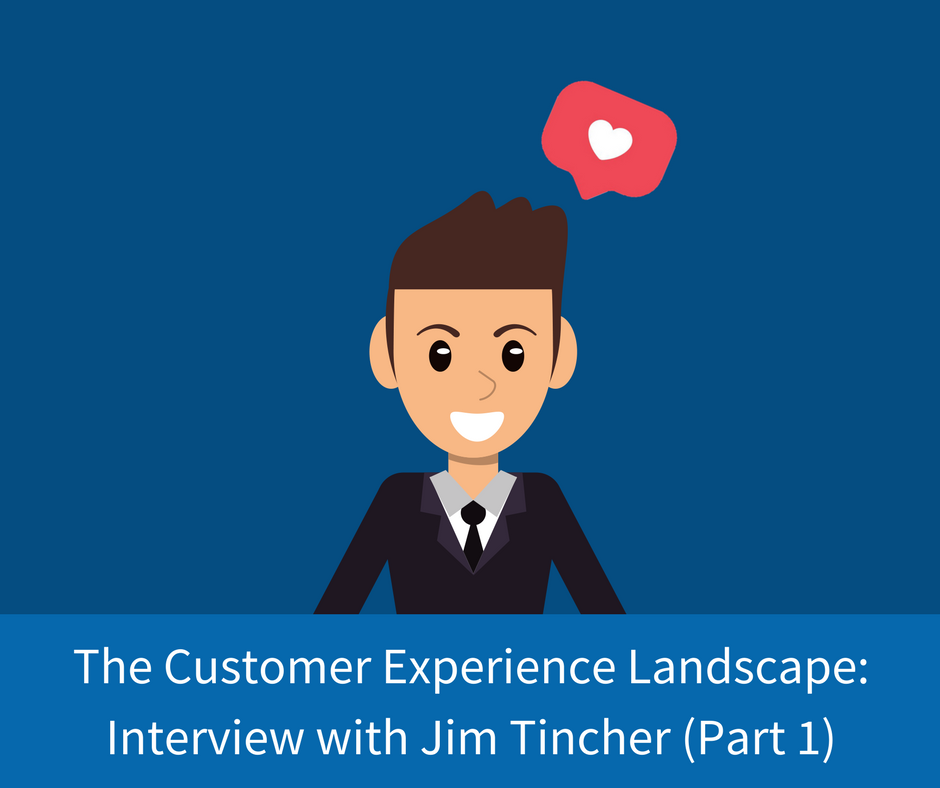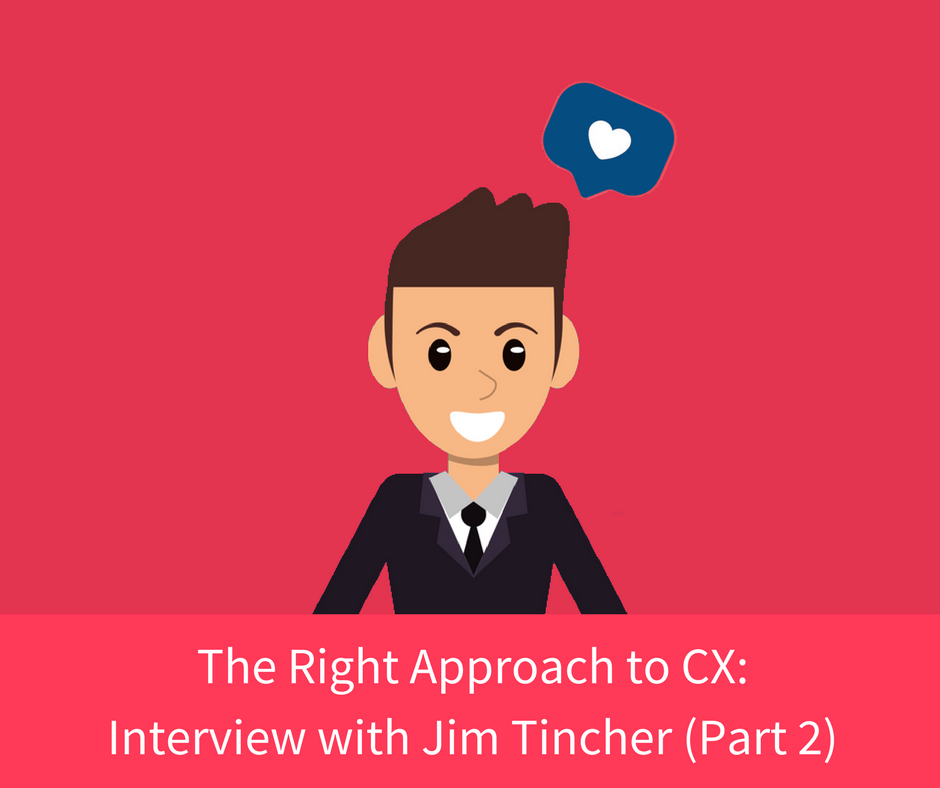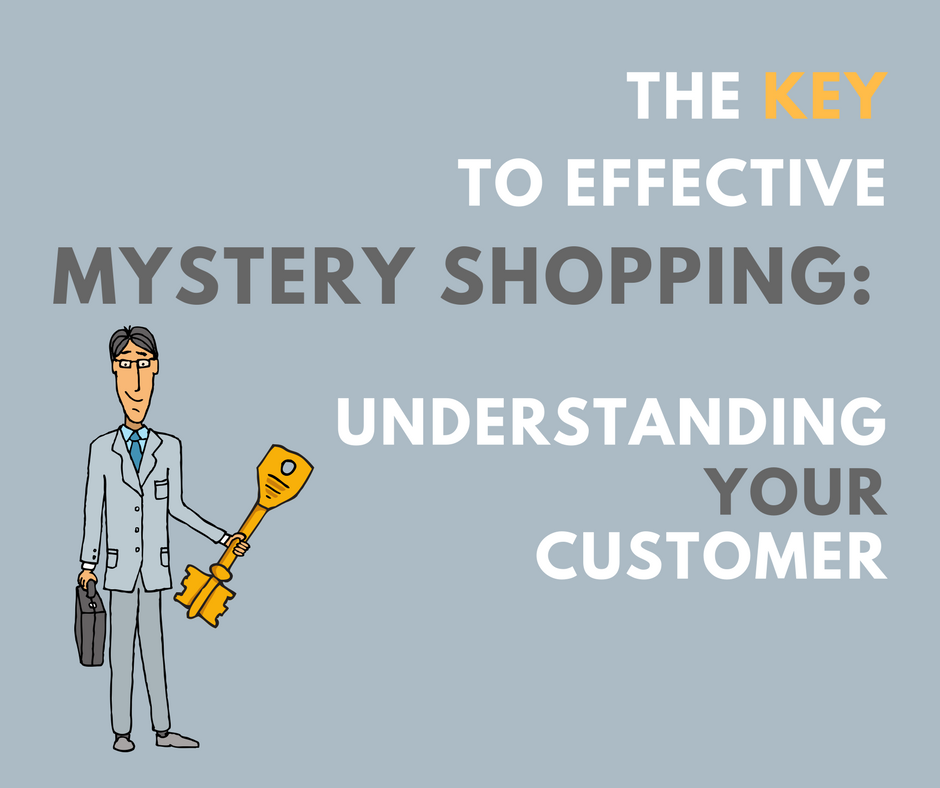How to Create a CX Approach for Maximum Impact [White Paper]
There are several trends occurring across the world that are contributing to hyper-competition around customer experience. Increasingly educated and...
4 min read
Justine Lambros March 29, 2018

We recently sat down with Jim Tincher, founder of Heart of the Customer and Certified Customer Experience Professional (CCXP), to get his take on the customer experience landscape and how it is changing in 2018.

First off, CEM is the deliberate practice of understanding what customers feel today. Next, it's about having a clear vision of what you want them to be experiencing as they interact with your brand, and then coordinating across the entire organization to make that happen.
Having a clear picture of how customers feel is where Voice of the Customer (VoC) comes in. Net Promoter Score (NPS), Customer Satisfaction (CSAT), and Customer Effort Score (CES) are helpful measurement tools, but VoC should go beyond these metrics towards what customers are feeling both positive and negative about your brand.
It is about understanding the gap between what customers are thinking and feeling, and what you want your customer experience to be. There is always a gap across an organization, and it's important to work towards closing it by doing a better job of delivering what customers want.
First of all, automation. What was once a key differentiator for companies is now becoming table stakes.
Tapping into what it is customers want to feel from you and then delivering against that is the next area of differentiation for companies.
One of our clients talked about this. When customers called them, their customer support team would say, "How are your kids? How's everything going?" Well, the feedback they received was that customers were calling to get a problem solved and didn't want to spend time talking about their grandkids.
Forrester calls this the Age of the Customer. Customers are now promiscuous; they don't have to stay loyal to you; you must continually re-earn their loyalty or else you’re spending a lot of money to re-earn your existing revenue.
First, you need to find out what your customers are thinking and feeling and then you need to develop a vision. I've found a lot of companies have a hard time developing a vision because saying yes to one initiative means saying no to another. I talked to one company whose vision was fractured, making it impossible to deliver. They wanted to be the simplest company to work with and the most flexible, while still being a low-cost provider. Unfortunately, your vision can't be all those things. For example, Apple is simple. They're not flexible, and they're not a low-cost provider. Amazon is simple and can be a low-cost provider, but they're not flexible. It takes effort to say, "This is what we stand for. This is what our experience is going to be."
If you want to stand out from your competitors, you have to say no to some initiatives to make room for others, and a clear vision is what enables that.
The other thing to consider when getting started is governance. You might not have everybody on board. You might not have the CEO telling you, "Go, go, go!" We all want that, but many don’t have that support. If you want to start building a standout program, and you don't have the mandate to do it organizationally, you have to pick a champion. When companies fail, it's because they're trying to boil the ocean and solve everything at once.
Find somebody who sees the value of CX, and make that person a success. Make that person a hero. When you do that, the rest of the organization is much more willing to follow.
If you start chanting, "Hey! Customers are important! Let's all focus on the customer!" Everybody agrees with that, but they're not going to stop what they're doing to do it. If they say, "Hey, wait a minute. How did you help that business unit grow by 20%?" Now you've got people that want to listen. I made this mistake early in my career. I stood up and said, "We should listen to the customer! Listen to the customer!" Then, when I brought back what a customer had to say, nobody listened, because it wasn't what they wanted to hear. If you create success, everybody wants to be a part of that. Find a believer, and do everything you can to make that believer successful, and you'll find a lot more believers.
We are all so passionate about listening to the customer, but we don't focus enough on what our internal customers care about. That's the hardest problem - taking the time to get away from survey scores, and go out there and talk to your stakeholders to understand what it’s like in the field. This makes you a much better CX person.
I think in two to five years, the survey of the future will ask, "How was your visit today?" That's it. We will derive a sentiment score from that. We will still come up with our metrics, but we're not going to try to fit customers onto a scale of, "How likely are you to recommend us?" or “How satisfied were you with us?” We're going to let the customers decide that. We're not there yet, but we will be.
The other thing is, bringing in the business data. It shouldn't just be surveys. Steve Hocket, the CEO of Great Clips, a North American hair salon, spoke at the local CXPA (Customer Experience Professionals Association) about how they measure customer experience. They don’t use surveys. Instead, they focus their measurement entirely on business KPIs. They have conducted enough qualitative research that they can use that to interpret their KPIs.
For example, if loyalty is low and wait time is high, he doesn’t need a survey. He knows what’s broken. Conversely, if a metric such as hair cut wait time is within reason, but you do not have repeat customers, that tells me you have the wrong staff, and they're not doing a good job on giving a haircut. They found that their data was more predictive than a survey score. Now, most businesses are going to have survey score, but you have to present the survey score and the data together, link the two. That's going to be important for technology. It's starting to happen, but the problem is more cultural, CX people don't think to involve the business metrics.
For more great insights from Jim Tincher on the customer experience landscape, read the second article in this two-part series: The Right Approach to Customer Experience: Jim Tincher Interview (Part 2)
You might also like:
![How to Create a CX Approach for Maximum Impact [White Paper]](https://www.intouchinsight.com/hubfs/How%20to%20create%20a%20CX%20approach%20for%20maximum%20impact%20%5Bwhitepaper%5D.png)
There are several trends occurring across the world that are contributing to hyper-competition around customer experience. Increasingly educated and...

In part-one of our interview, Jim - founder of Heart of the Customer and Certified Customer Experience Professional (CCXP) - provides many great...

Have you ever been in a situation where you ask a question only to receive an answer that isn’t what you were looking for? Maybe you didn’t ask the...